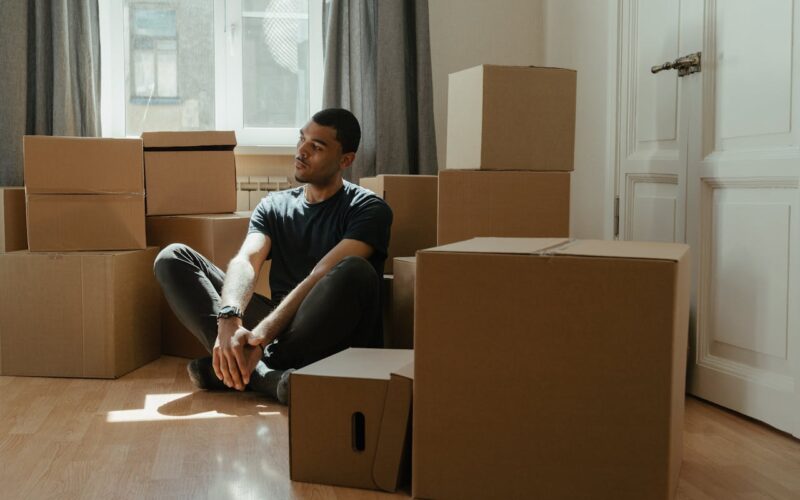Moving out feels like a big step toward freedom, but that freedom isn’t free. Teens often plan for rent, maybe groceries, and that’s about it. But the real world comes with sneaky expenses that can wreck your budget before the first pizza night. From deposits and setup fees to laundry and cleaning gear, these hidden costs of independence add up fast. If you’re planning to move out, these are the surprise bills you’ll want to plan for, before your bank account takes the hit.
1. Security Deposits

Most teens know they’ll have to pay rent, but they’re often shocked by the extra cash due before move-in. A security deposit is usually equal to one month’s rent, and many landlords also require first and last month’s rent upfront. That’s potentially three months of rent in one blow. If your rent is $800, you might need $2,400 just to move in. This chunk of change doesn’t go toward bills, it’s just a safety net for the landlord.
2. Utility Setup Fees
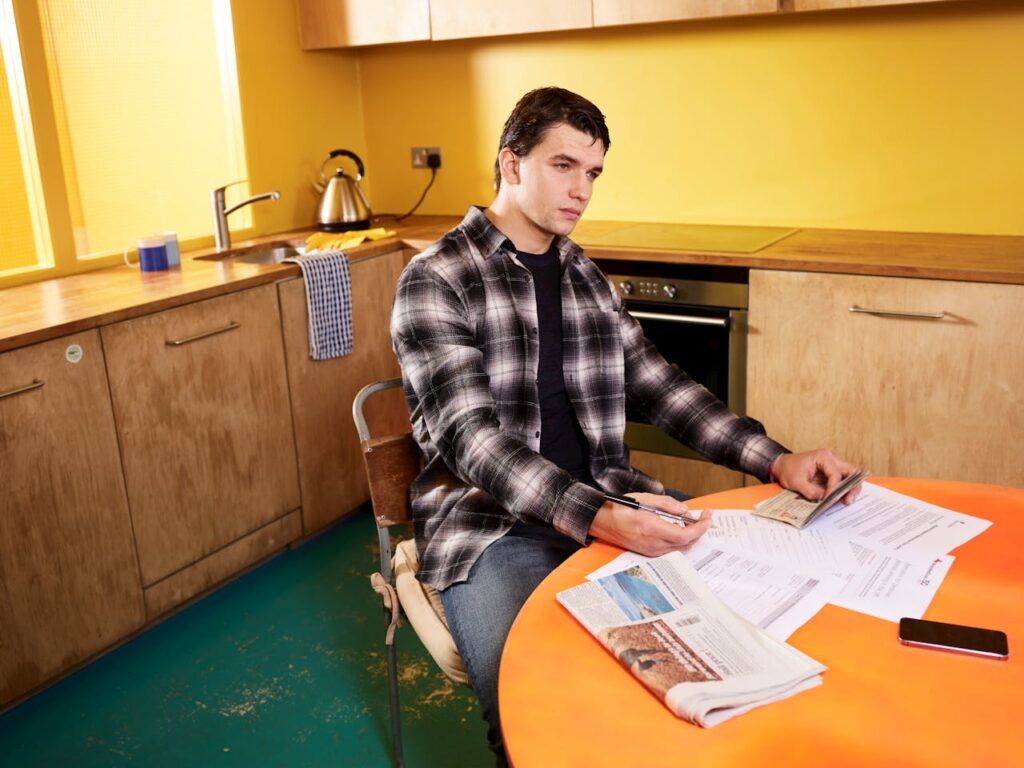
Turning on the lights, water, gas, or internet isn’t free. Utility companies often charge activation fees, and if you don’t have a credit history, you may need to pay a deposit as well. The Internet alone can cost $100 just to get started. Each service, electric, water, trash, gas, may bill separately, and none of it waits for payday. These one-time fees often blindside first-time renters who assume the place just comes “on.” It doesn’t.
3. Furniture and Essentials

Once you move in, you’ll quickly realize how empty your new place is. Beds, tables, chairs, lamps, cookware, even things like trash bins and curtains, aren’t included. If you’re starting from scratch, these basics can cost hundreds of dollars. You might get lucky with hand-me-downs, but expect to spend a lot at discount stores just to feel comfortable. Without furniture, you’ll be eating on the floor and sleeping on a mattress, if you remembered to buy one.
4. Cleaning Supplies
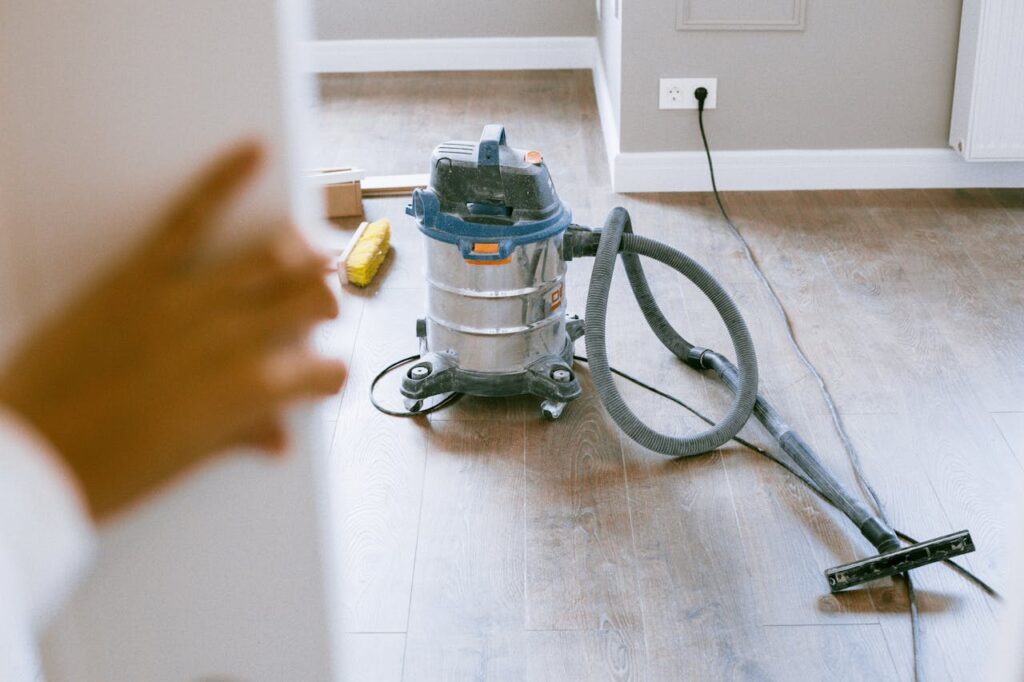
Keeping your place clean takes more than good intentions, it takes stuff. Mops, brooms, vacuums, sponges, scrub brushes, dish soap, laundry detergent, and bathroom cleaners all cost money. And since you’re buying them all at once, it adds up. You’ll also need trash bags, paper towels, and air fresheners. Most teens don’t budget for these items, but skipping them means living in a mess, or constantly borrowing from your neighbor.
5. Renters Insurance

You might assume your landlord’s insurance covers your stuff, but it doesn’t. That’s where renters insurance comes in. It protects your belongings from theft, fire, water damage, and more. Some landlords require proof of coverage before you move in. Even if they don’t, it’s a smart investment, usually under $15 a month. Still, it’s another expense to budget for, and one that teens rarely think about until something goes wrong.
6. Laundry Costs
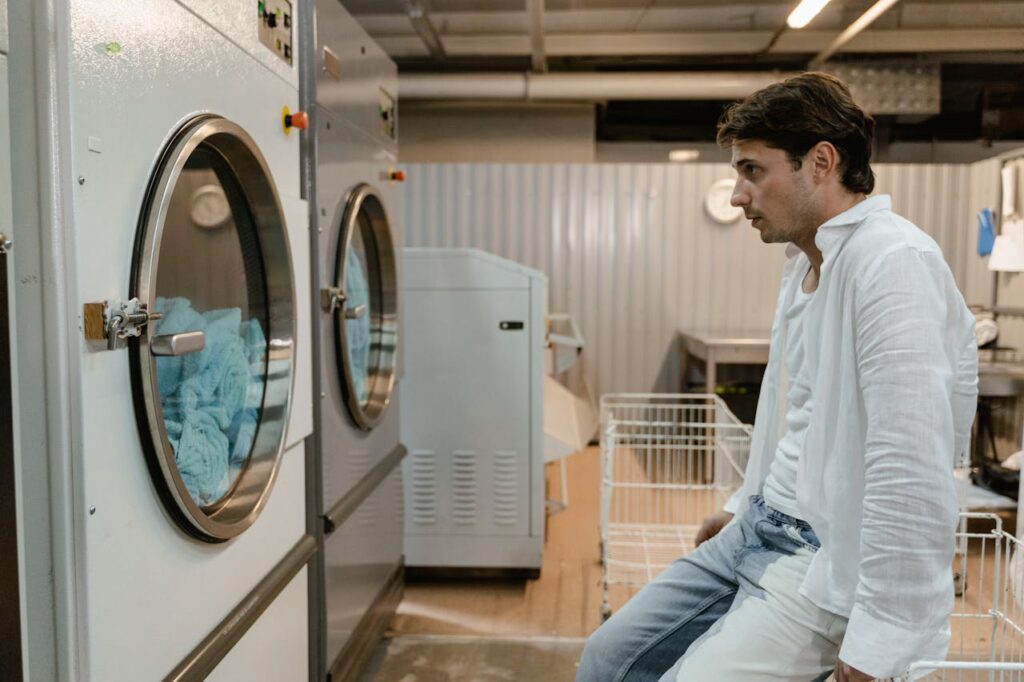
No washer or dryer in your unit? Welcome to laundromat life. Washing a load may cost $2–3, and drying another $2. Add in detergent, dryer sheets, and weekly trips, and you could spend $30 or more per month, easily. Forgetting to factor in laundry can drain your budget fast. Even shared laundry rooms in apartments can rack up costs. Plus, you’re trading time, too, laundry isn’t quick when you don’t have your own machines.
7. Unexpected Repairs
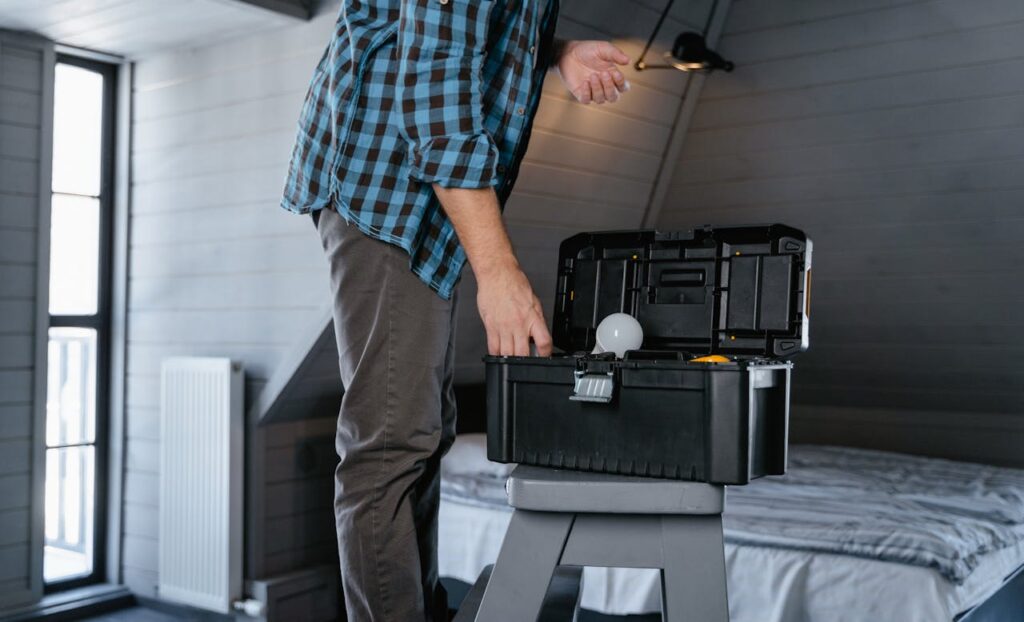
Renting doesn’t mean your landlord handles everything. Small repairs, like clogged drains, burnt-out bulbs, squeaky doors, or broken handles, may be your responsibility. If something breaks and it’s your fault, you’ll likely pay. Even buying basic tools like screwdrivers, pliers, or a plunger costs money. And if your landlord takes forever to fix things, you might hire someone yourself. Keep a “repairs” buffer in your budget, because surprises will happen.
8. Groceries and Takeout
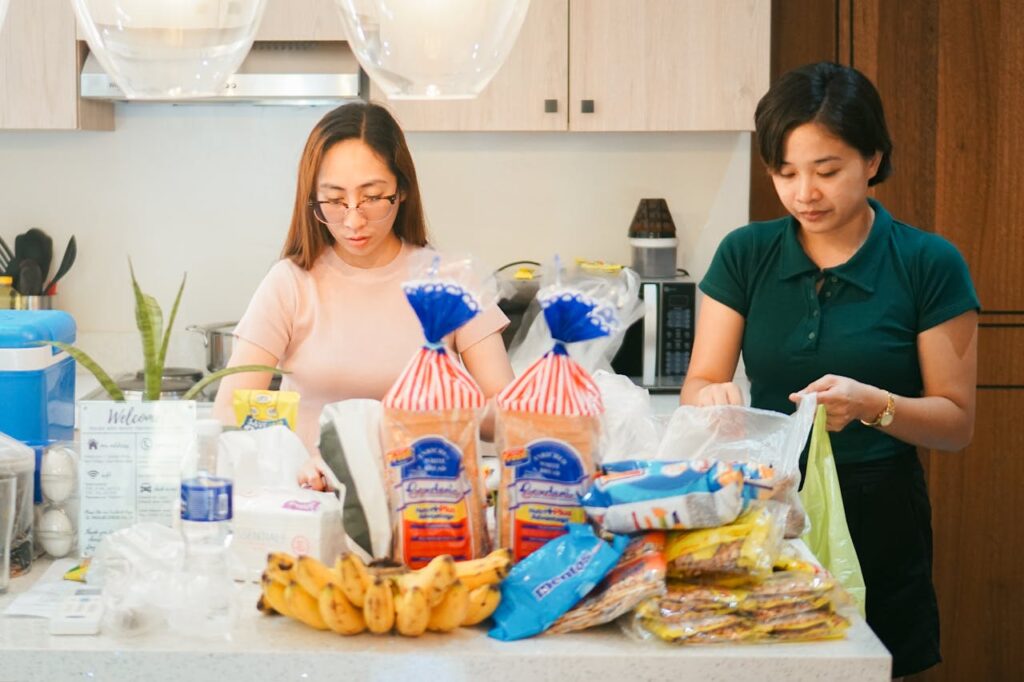
You’ll need to stock more than ramen. Filling your pantry with staples like cooking oil, spices, condiments, coffee, and snacks adds up. Even buying “basics” for your first week, milk, eggs, bread, fruit, meat, can cost $100 or more. Takeout might feel easier, but if you rely on it too much, your budget will crumble. Teens often underestimate how expensive food is until they see that empty fridge, and the receipt from yet another delivery order.
